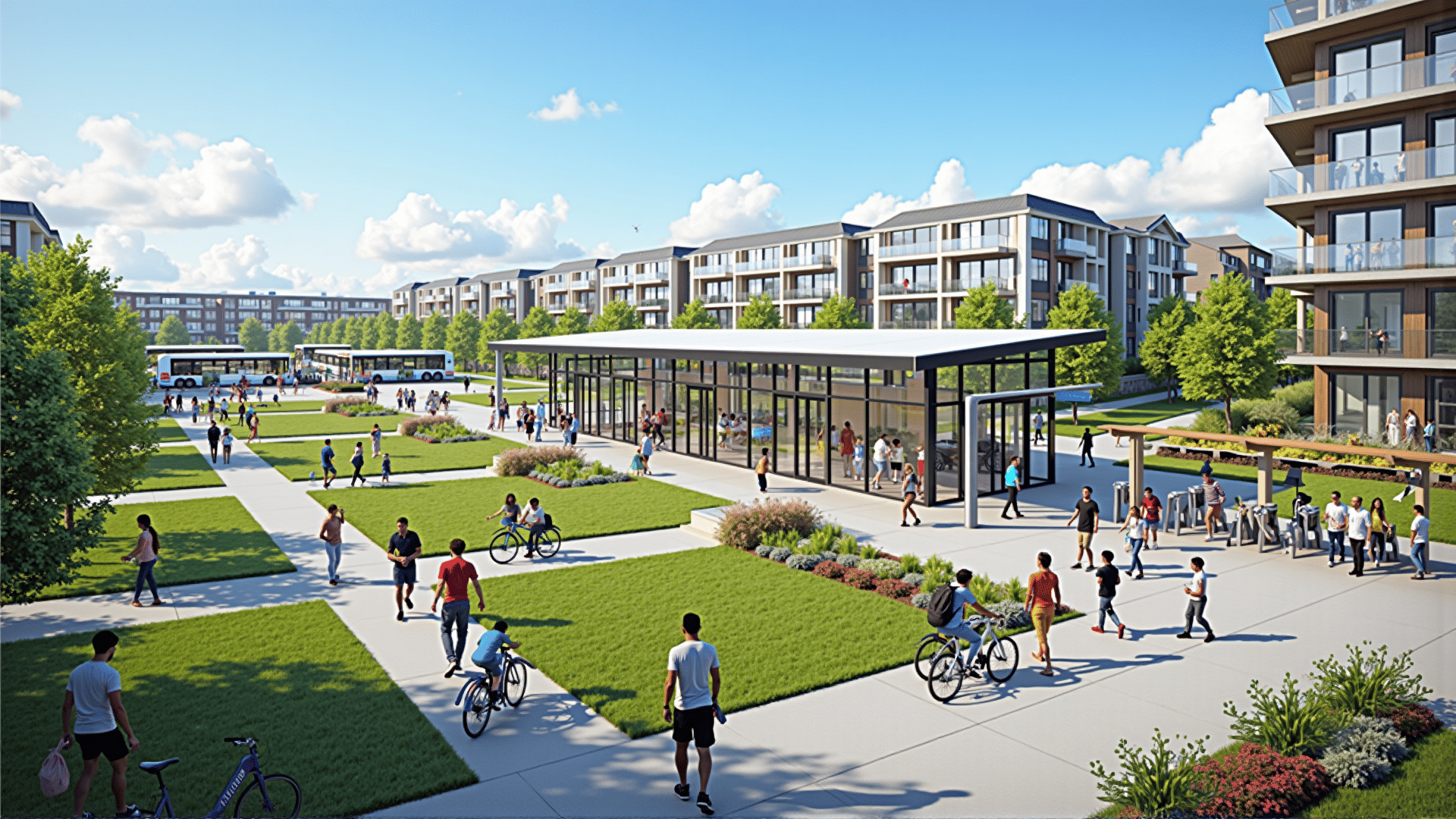Transportation systems play a pivotal role in shaping the development of both urban and rural communities across Canada. These systems enhance connectivity, facilitating smoother transitions between areas and allowing people to access opportunities and services that might otherwise be out of reach. By investing in these networks, communities can bolster their growth and sustainability.
In urban settings, efficient transportation can lead to the revitalization of downtown areas and neighborhoods. It fosters an environment where people can mingle, enhancing social interactions and cultural exchanges. Public transport systems like buses, subways, and trams enable residents to commute with ease, reducing traffic congestion and environmental impact while promoting healthier lifestyles. Additionally, they can attract diverse populations to urban centers, enriching the tapestry of the community.
Rural communities, often characterized by sprawling distances and lower population densities, also benefit greatly from enhanced transportation links. These systems can bridge gaps, connecting people to essential services such as healthcare and education located in larger urban areas. Reliable transportation is thus a lifeline for rural dwellers, supporting local economies by facilitating access to larger markets for goods and services.
Transportation infrastructure can also drive economic growth by providing businesses with improved logistics, ensuring that supplies and products move efficiently. This, in turn, can attract new industries and stimulate job creation, further invigorating local economies. Moreover, developing these networks can promote regional tourism, allowing visitors to explore different parts of Canada with greater ease, thereby boosting local hospitality businesses and cultural sites.
Investments in transportation are not solely about building new infrastructure. They also involve upgrading existing systems to meet modern standards of efficiency and accessibility. By focusing on sustainable practices and innovations, communities can ensure that their transportation systems are resilient and capable of adapting to future needs. This includes the incorporation of environmentally friendly technologies and the creation of seamless connections between different modes of transport, such as cycling and walking paths complementing public transit networks.
Ultimately, the development and maintenance of robust transportation systems are essential for fostering community growth and integration across Canada. By prioritizing accessibility and sustainability, these networks can become crucial instruments for positive change, driving socioeconomic resilience and enhancing the quality of life for all Canadians.
